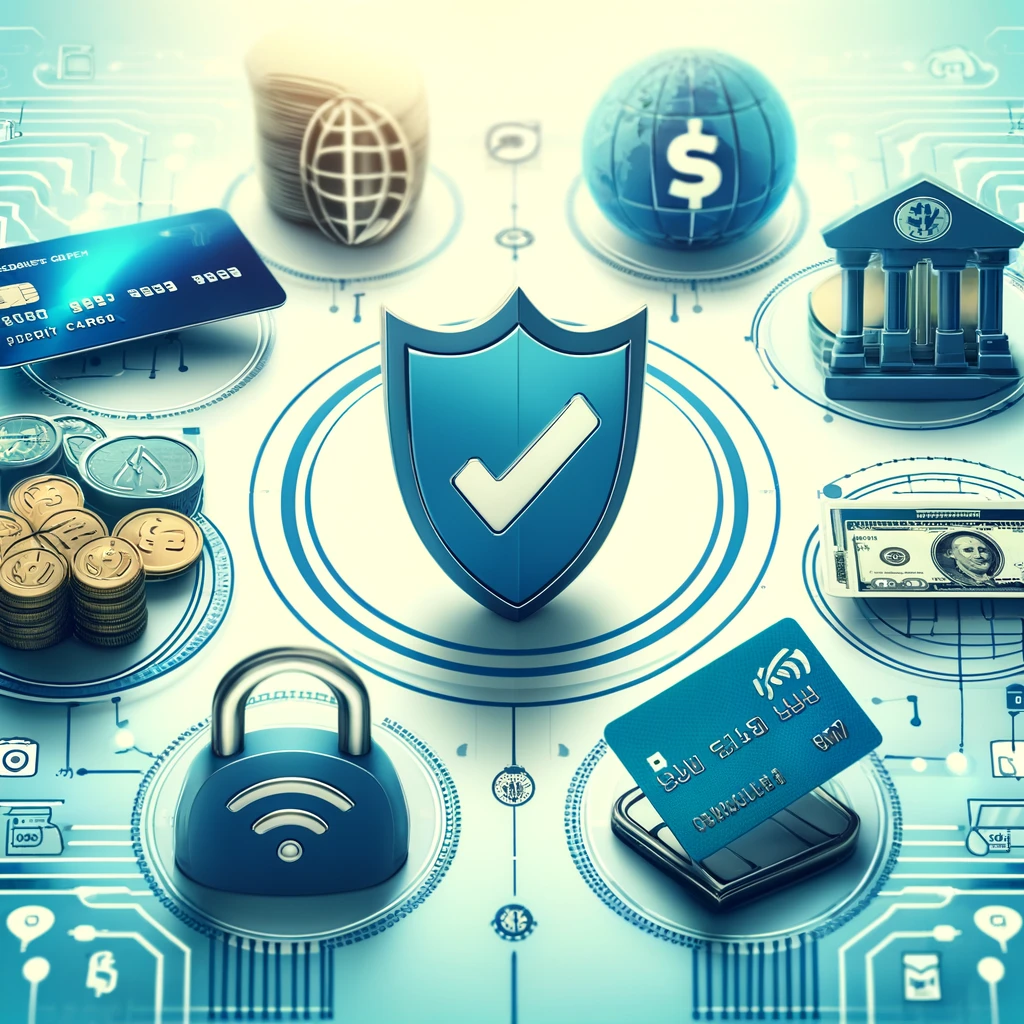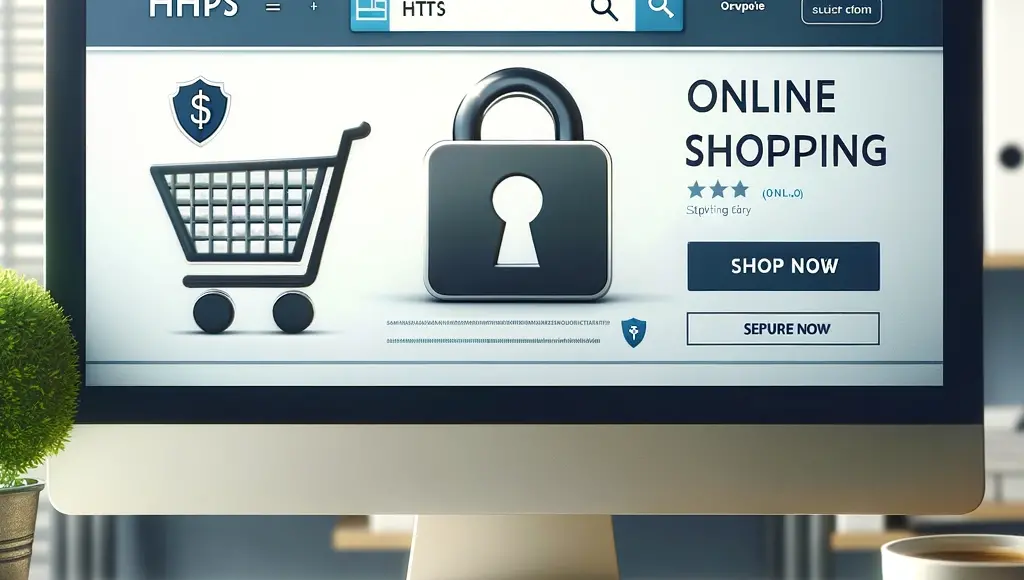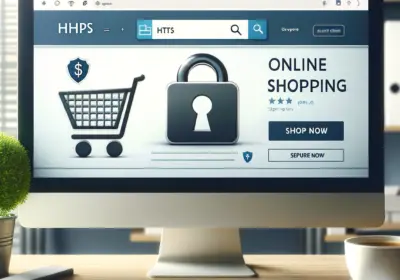Online shopping has become an indispensable part of modern life. While shopping on the internet offers convenience and variety, consumers must be vigilant due to cybersecurity threats. Exploring ways to shop safely online, these tips will help protect both your money and your personal information.

1. Choose Reputable Sites:
Ensure the website you plan to shop from is reputable. Check that the website’s URL starts with “https” and that there are no typos in the site’s name. Shopping on unreliable sites can lead to the theft of your personal and financial information.
2. Use Strong Passwords:
Create strong passwords for your online shopping accounts. A strong password typically contains a mix of upper and lower case letters, numbers, and special characters. Avoid using easily guessable passwords like birthdays or simple sequences.
3. Keep Your Software Updated:
Maintain the security of your devices by keeping all software up to date. This includes your operating system, browser, and any anti-virus or anti-malware programs. Updates often contain patches for security vulnerabilities that could be exploited by attackers.
4. Utilize Secure Payment Methods:
Opt for secure payment options such as credit cards or well-established payment gateways like PayPal. These methods offer better fraud protection compared to others. Avoid using debit cards or wire transfers, as these do not have the same level of protection in case of fraud.
5. Monitor Your Account Statements:
Regularly check your bank statements and transaction histories for any unauthorized charges. Early detection of suspicious activity can help prevent further unauthorized transactions and facilitate quicker resolution.
6. Be Wary of Too-Good-to-Be-True Offers:
If an offer looks too good to be true, it probably is. Extremely low prices on high-value items can be a sign of deceptive practices. Research the seller and read customer reviews to verify the legitimacy of the offer.
7. Use Two-Factor Authentication (2FA):
Whenever possible, enable two-factor authentication for an additional layer of security on your online accounts. This usually involves receiving a code on your phone or email that you need to enter along with your password.
By following these guidelines, you can enhance your security while enjoying the benefits of online shopping. Stay informed and cautious to keep your online shopping experiences safe and enjoyable.










